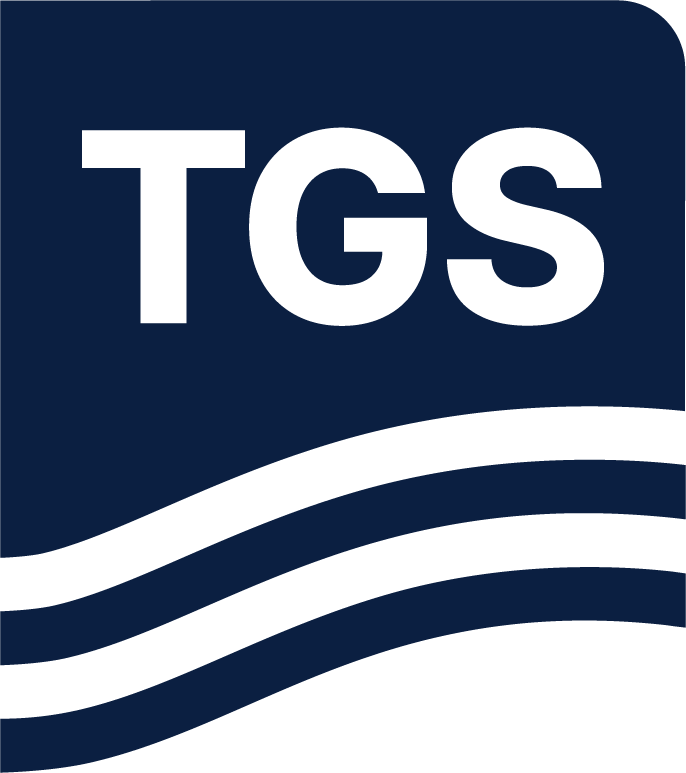First Published: GEO ExPro, December 2017
Abstract
Regional framework for GoM
The Gulf of Mexico has undergone several renewed phases of exploration activity in the last 70 years. During the past decade, considerable focus has been on the deepwater trends of the Lower Tertiary reservoirs, where several billion barrels of reserves have been discovered. When Mexico passed its energy reform, the volume of new and legacy seismic data made available provided the framework for yet another exploration phase which may ultimately yield billions of additional barrels of reserves. As in any basin, the development and understanding of exploration play types, petroleum systems, and future potential is often guided by the quality and availability of data.

Figure: Enhanced Fast Track volume
Prior to Mexico opening its E&P sector, data was limited to proprietary surveys owned by Pemex and legacy academic studies with limited geographic extent and quality. To provide initial insight for E&P companies considering participating in Mexico, ION, in conjunction with the University of Texas (UT), reprocessed over 17,000 km of UT data, creating the first gulf-wide seismic dataset, YucatanSPAN™. This was the first time US subsurface evaluation and interpretation were extended across the entire offshore basin to Mexico. Once new acquisition offshore Mexico was permitted, ION acquired MexicoSPAN™. This program was developed with the tectonic and stratigraphic understanding from YucatanSPAN and was designed to answer regional geologic questions, creating an integrated 2D regional seismic program.
Read the full article here.

